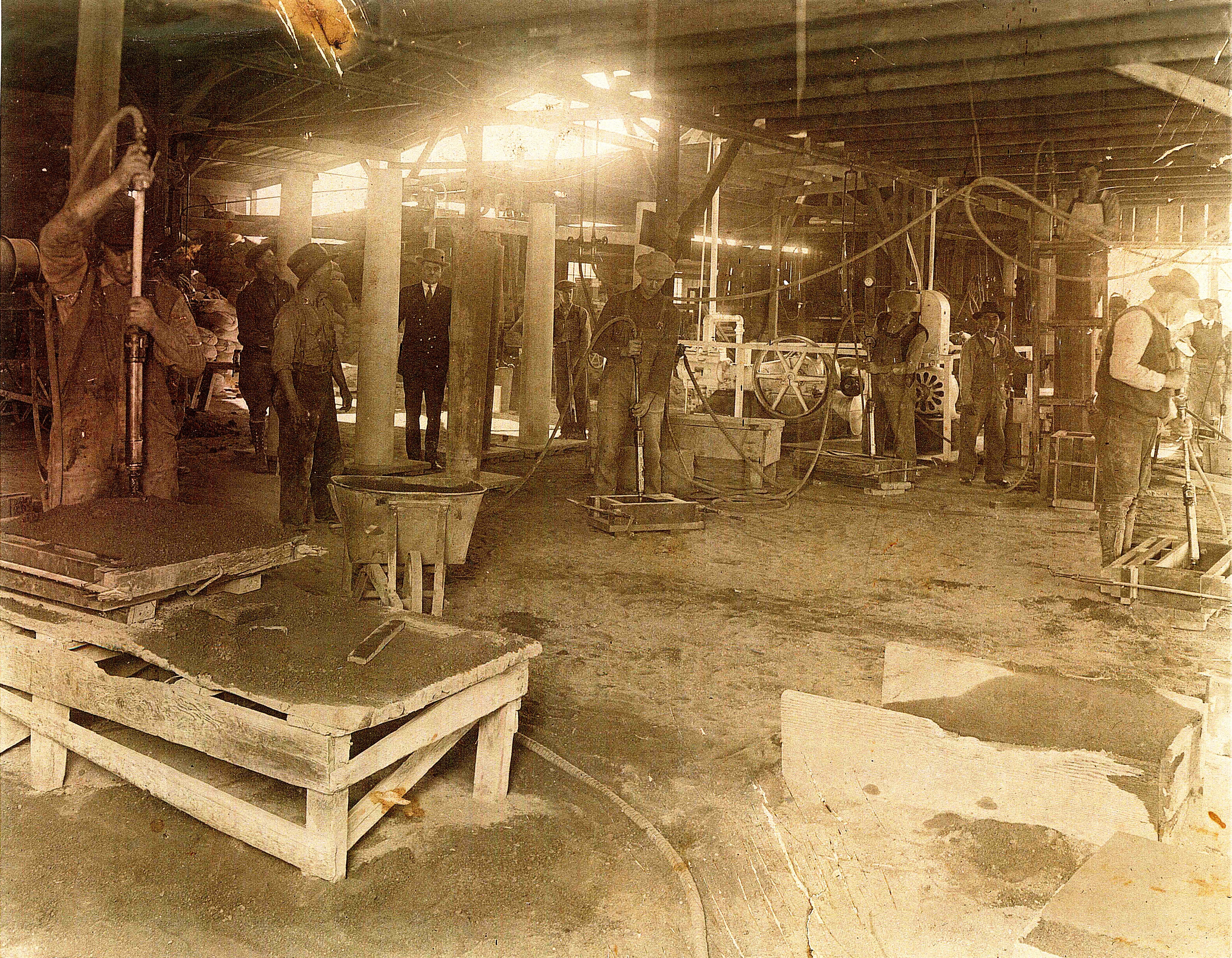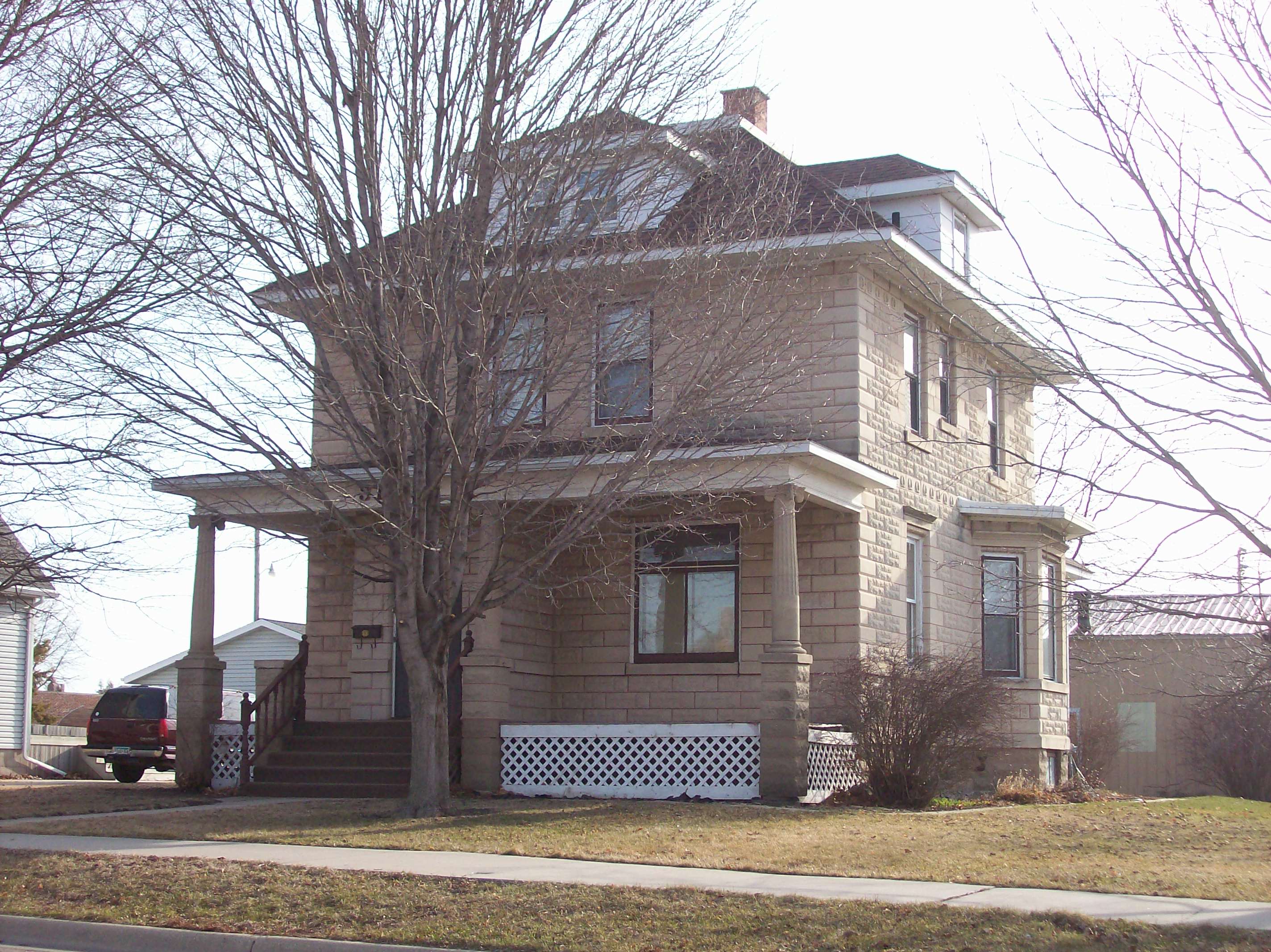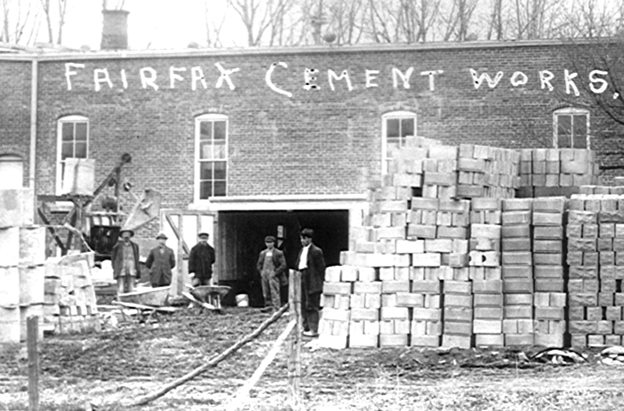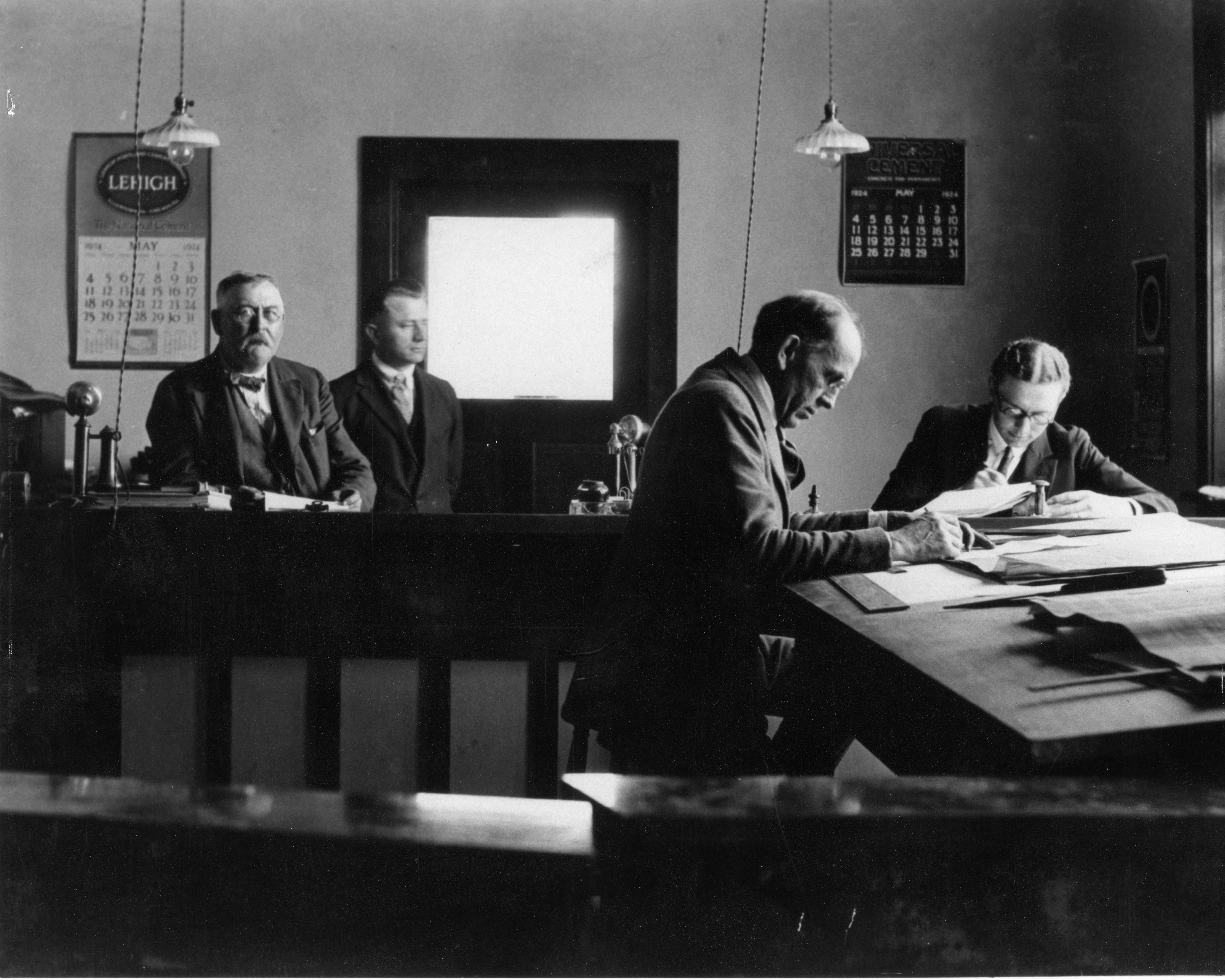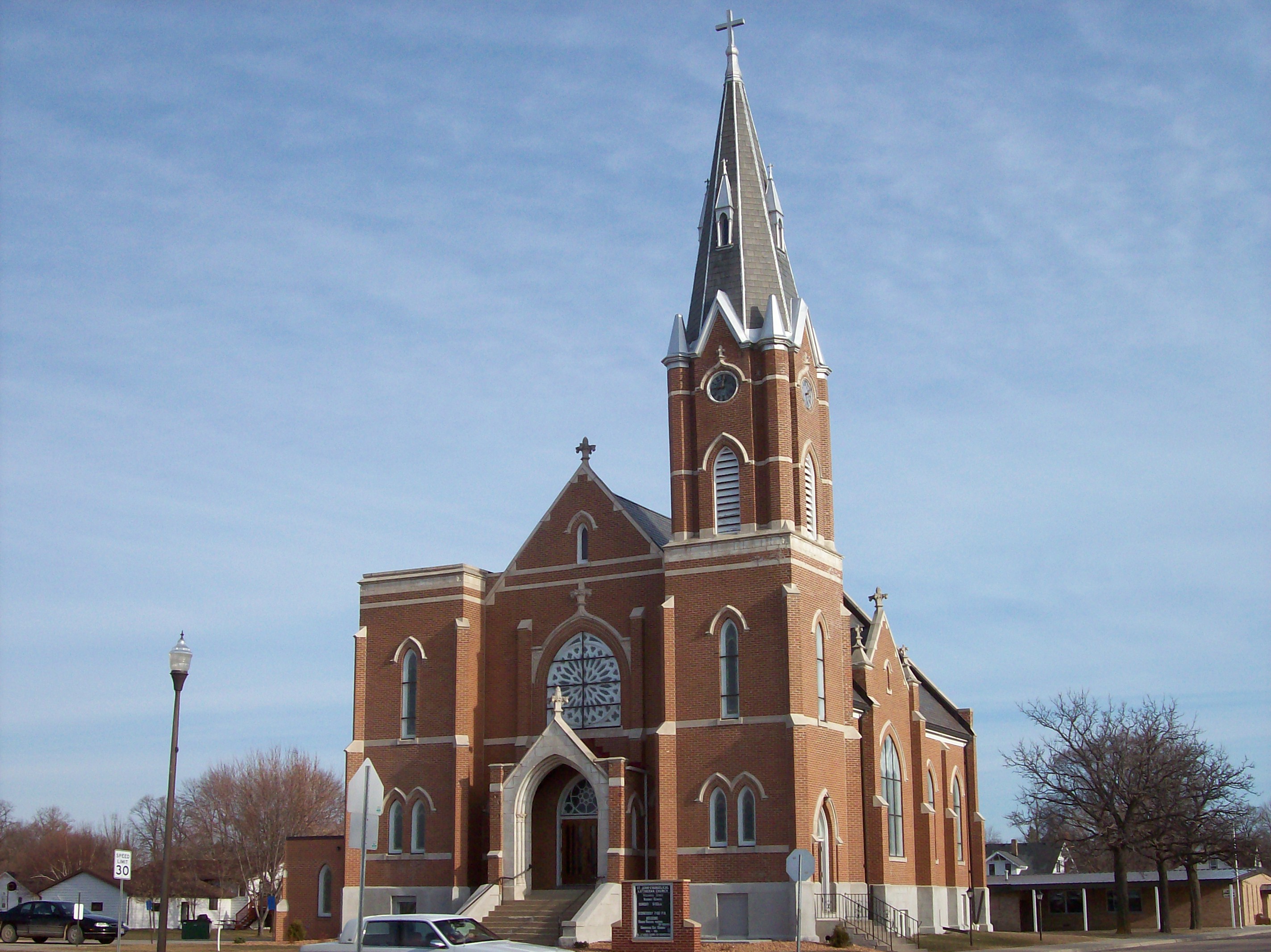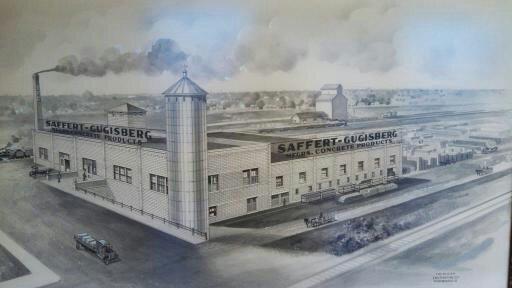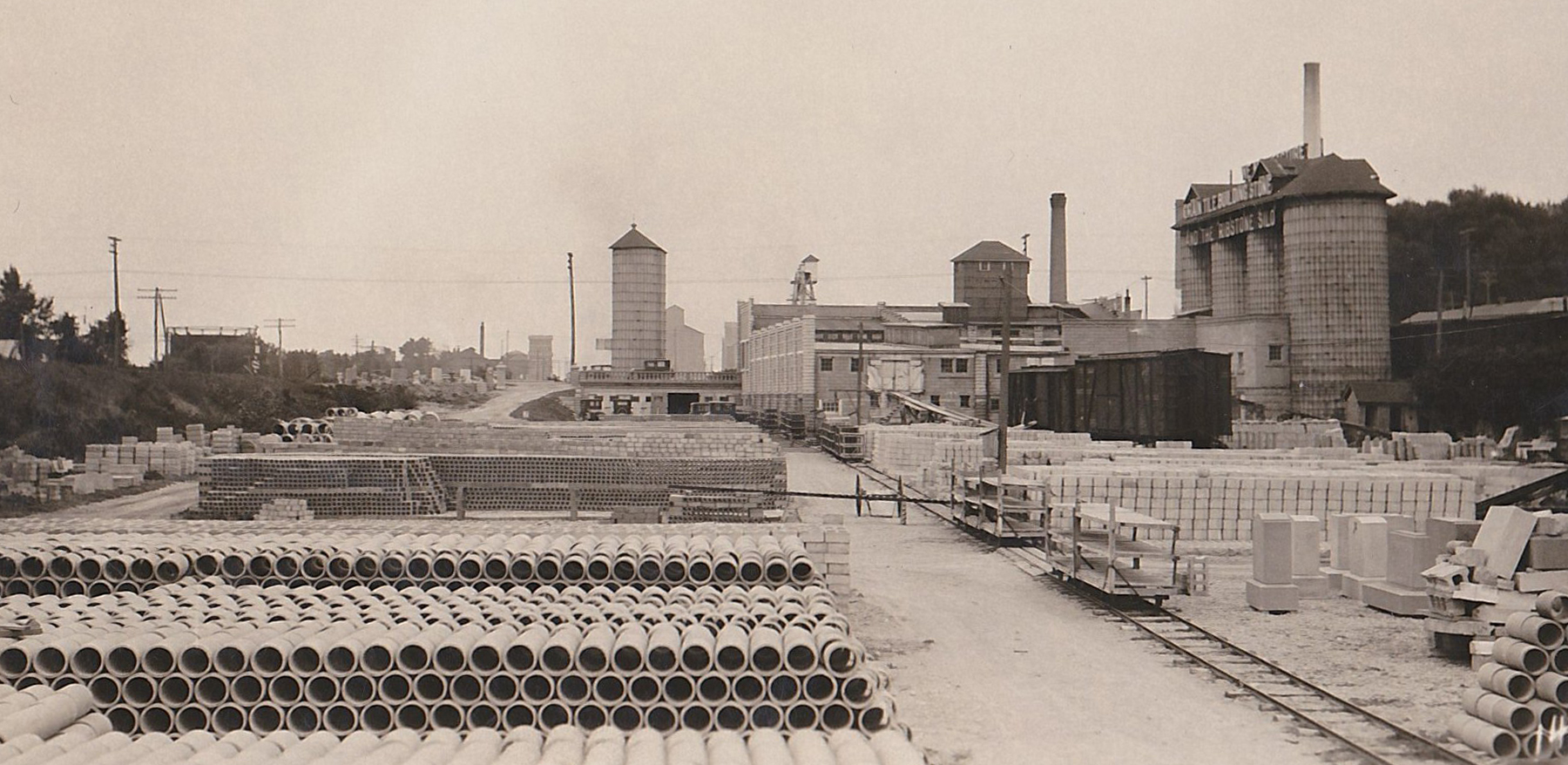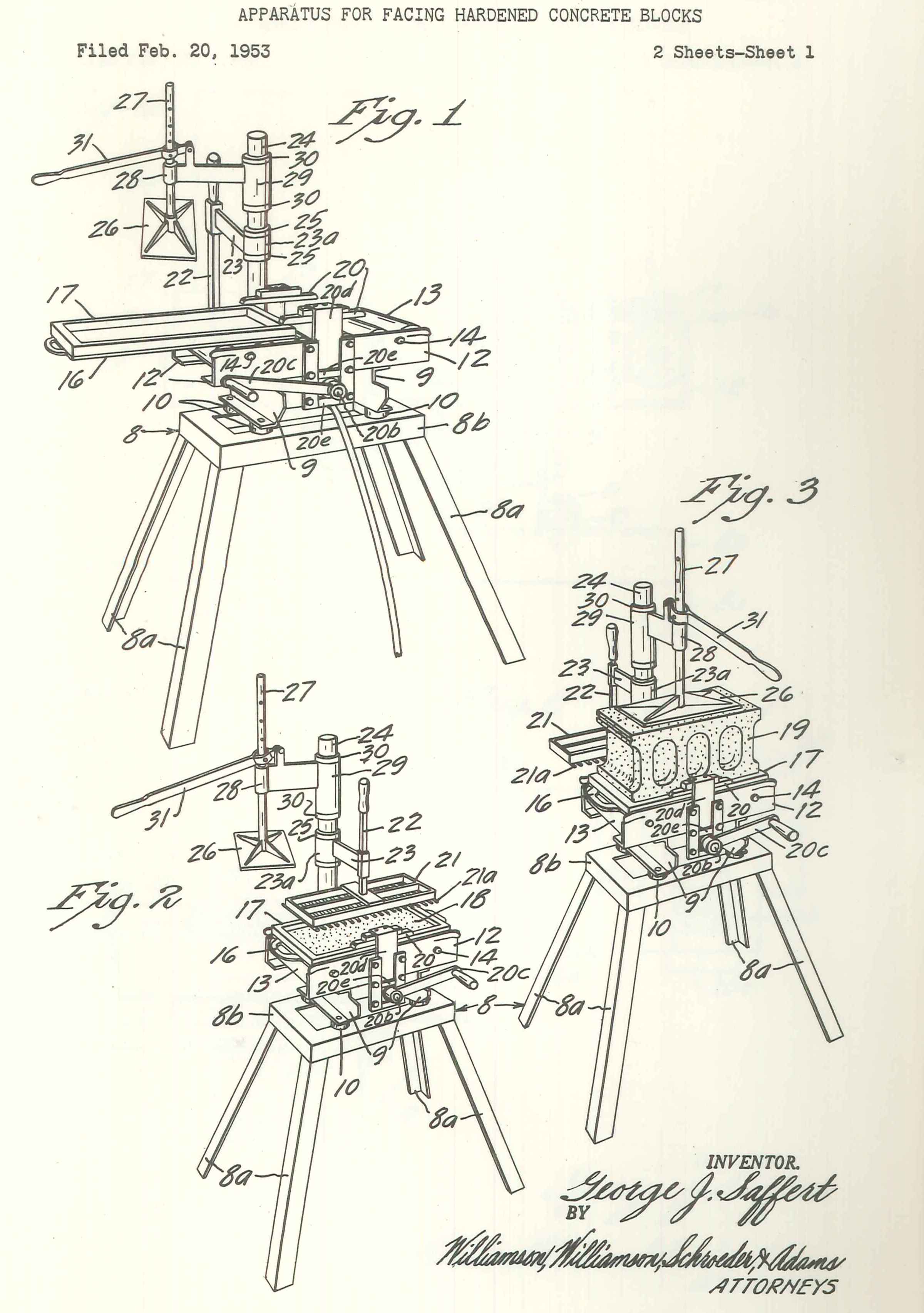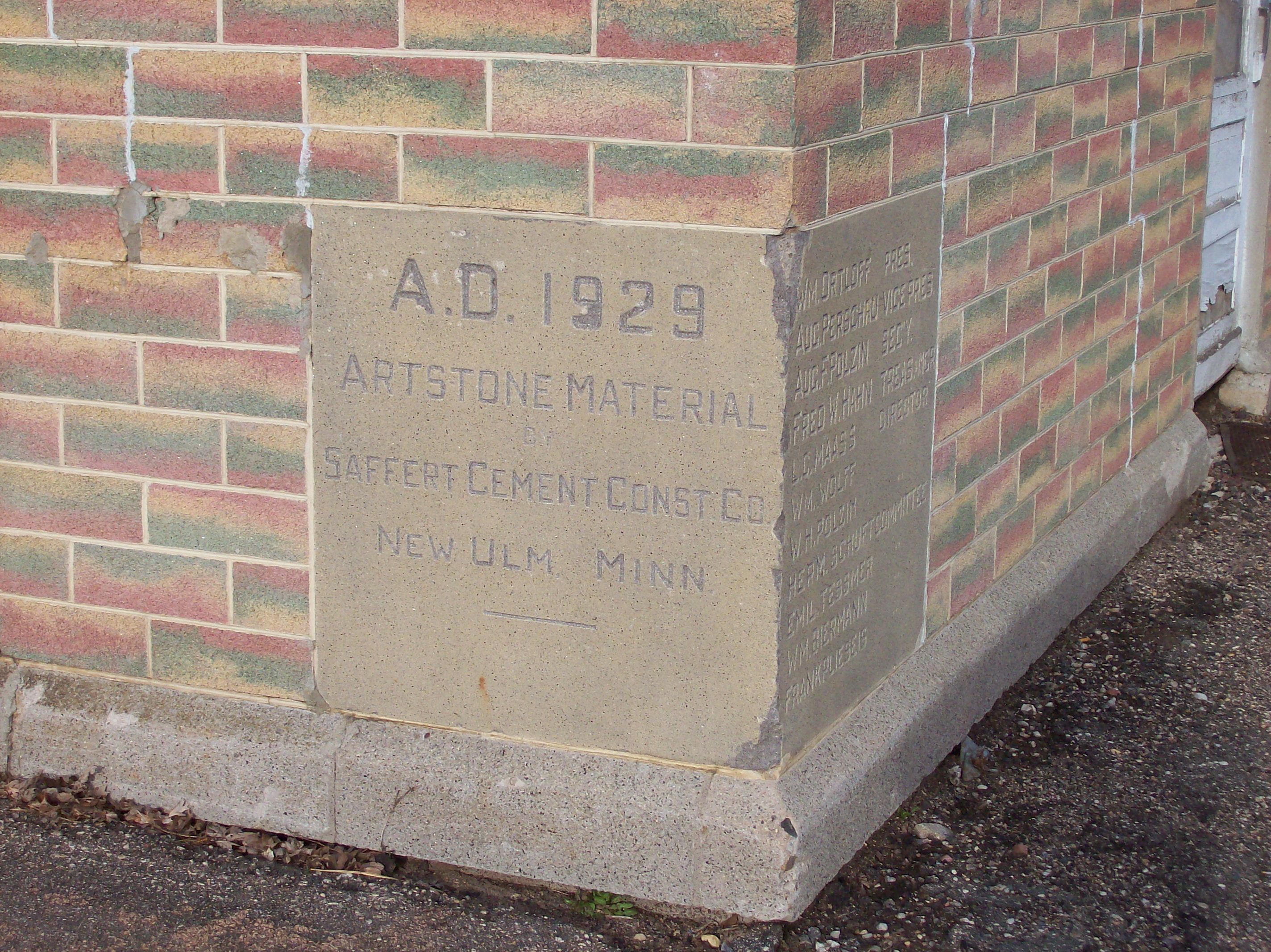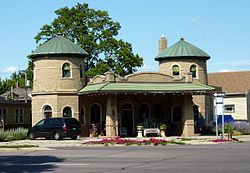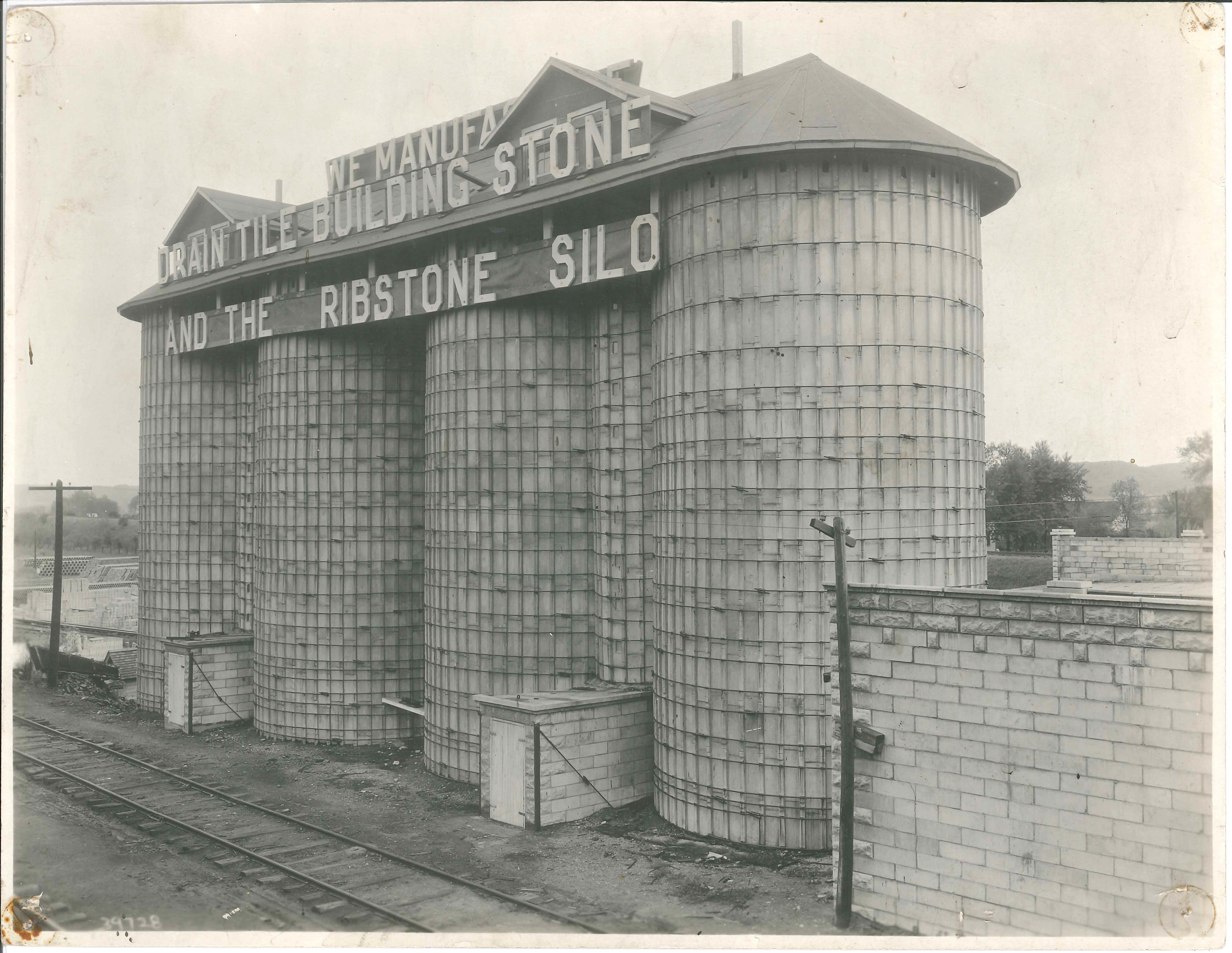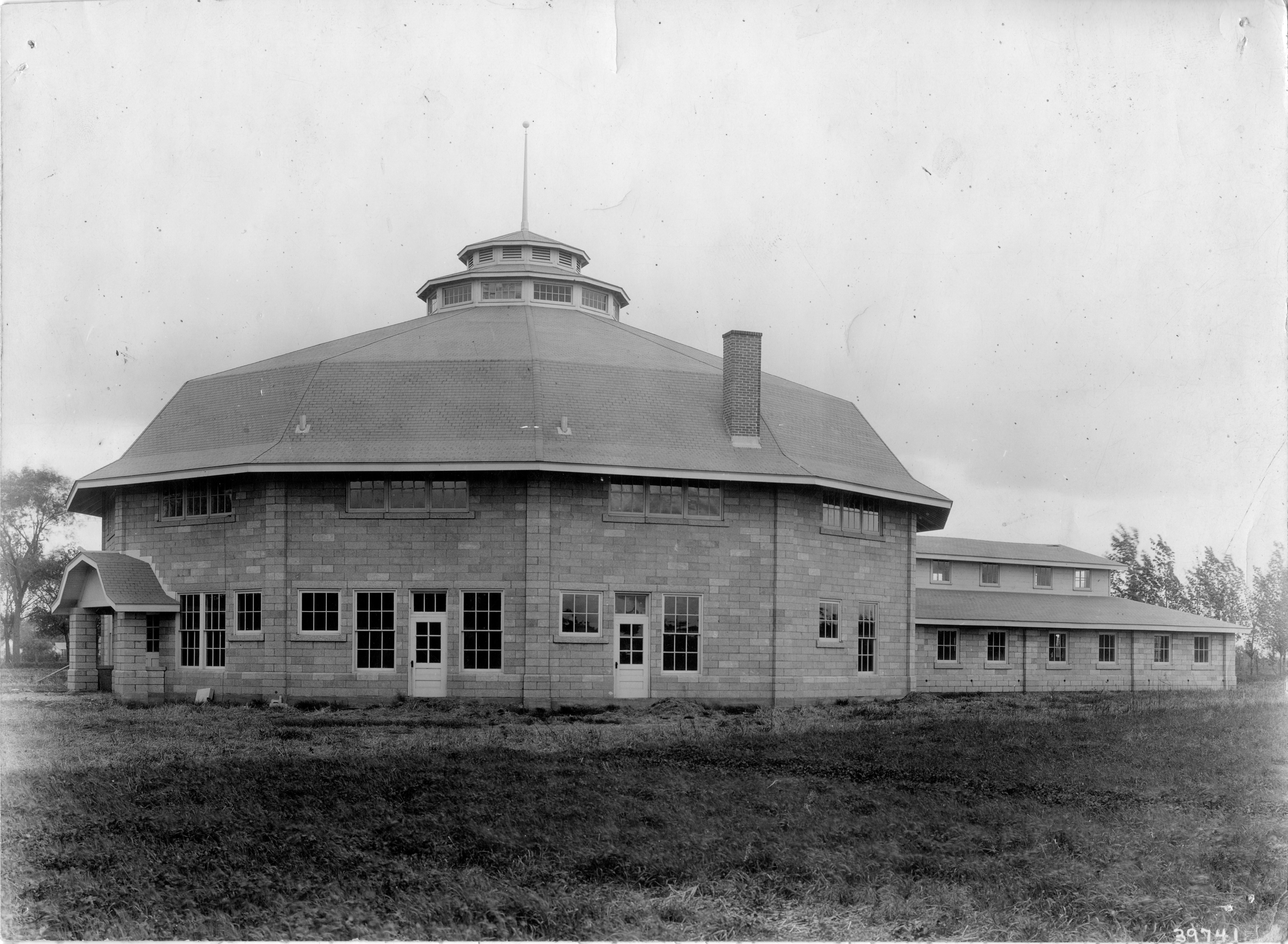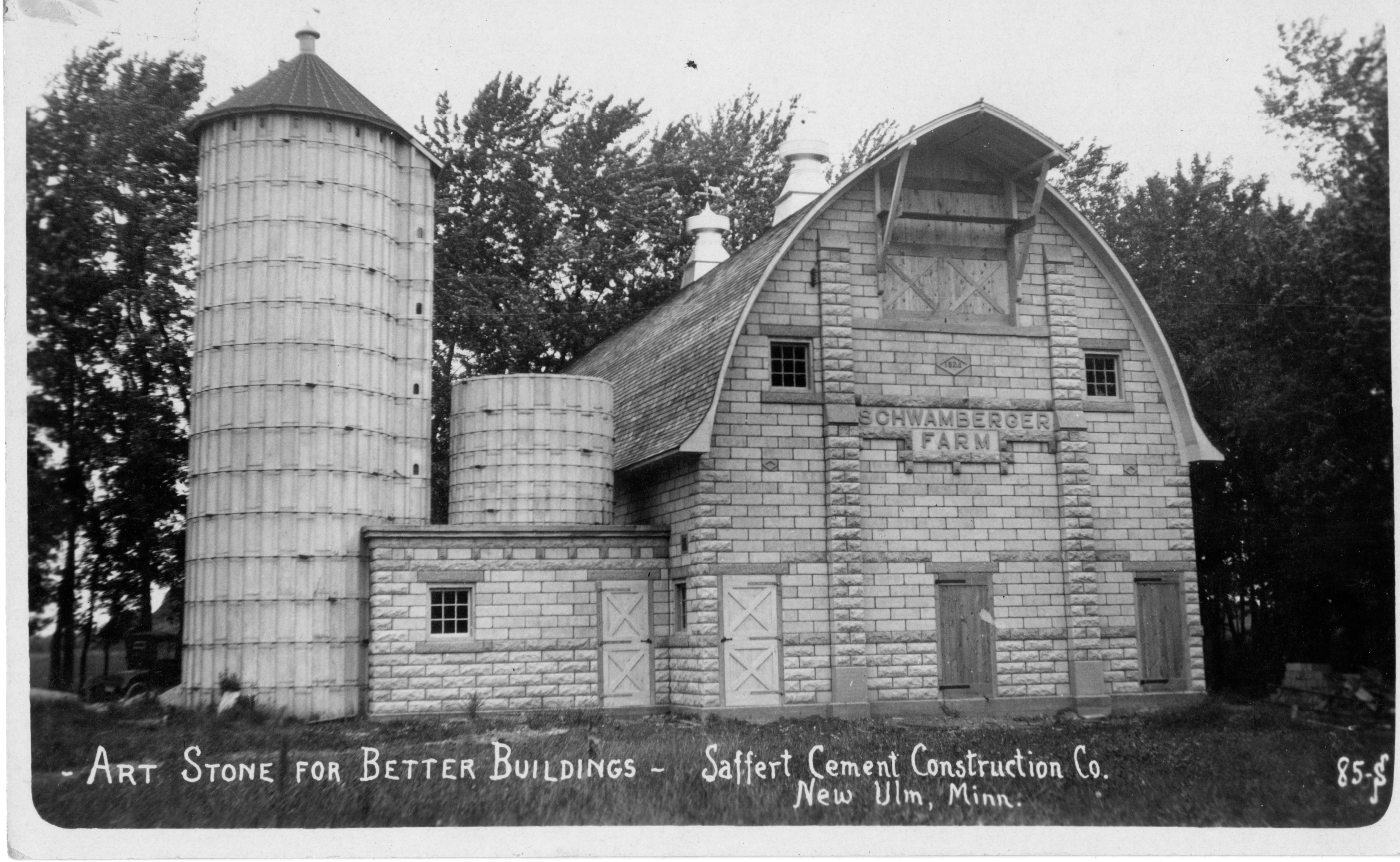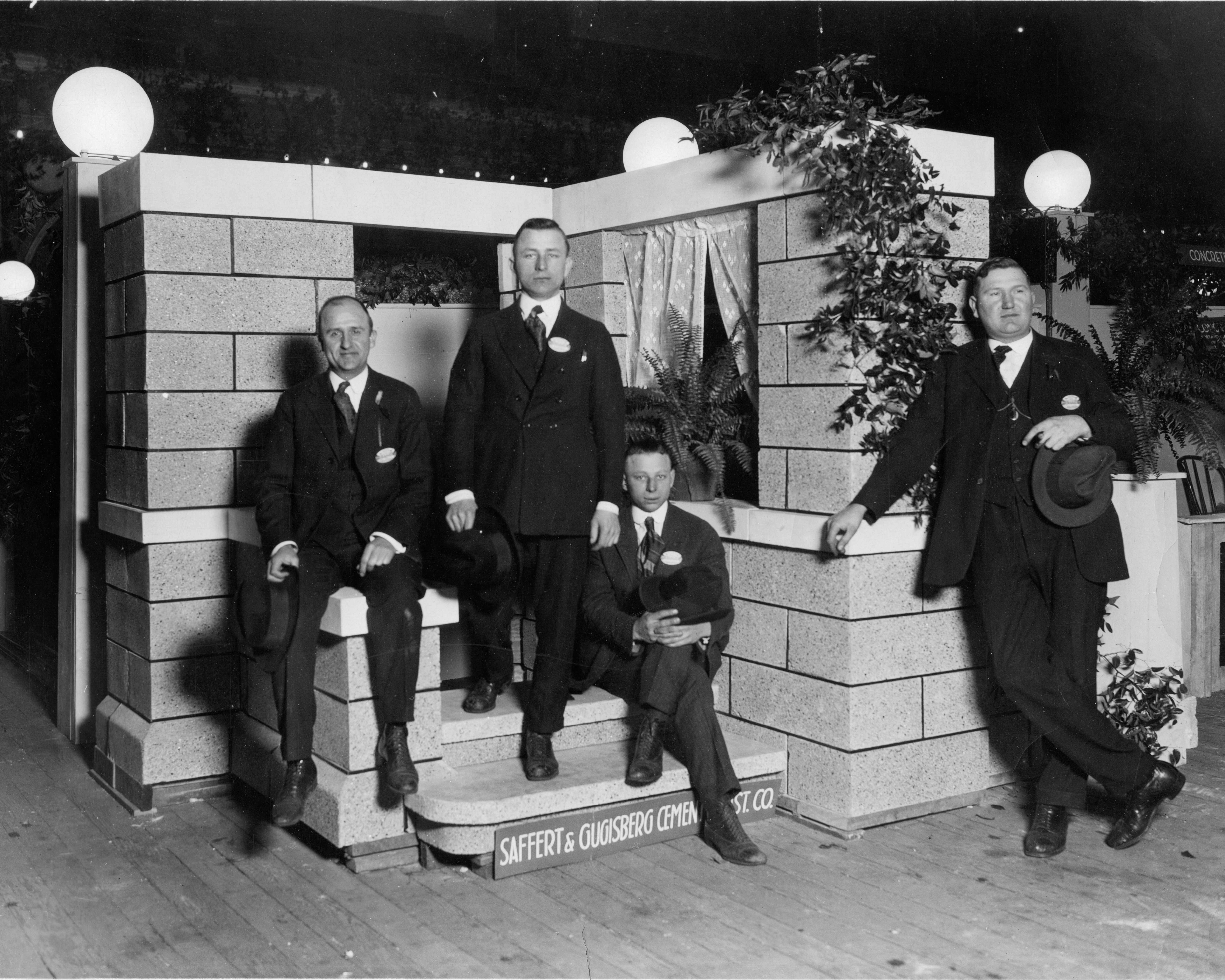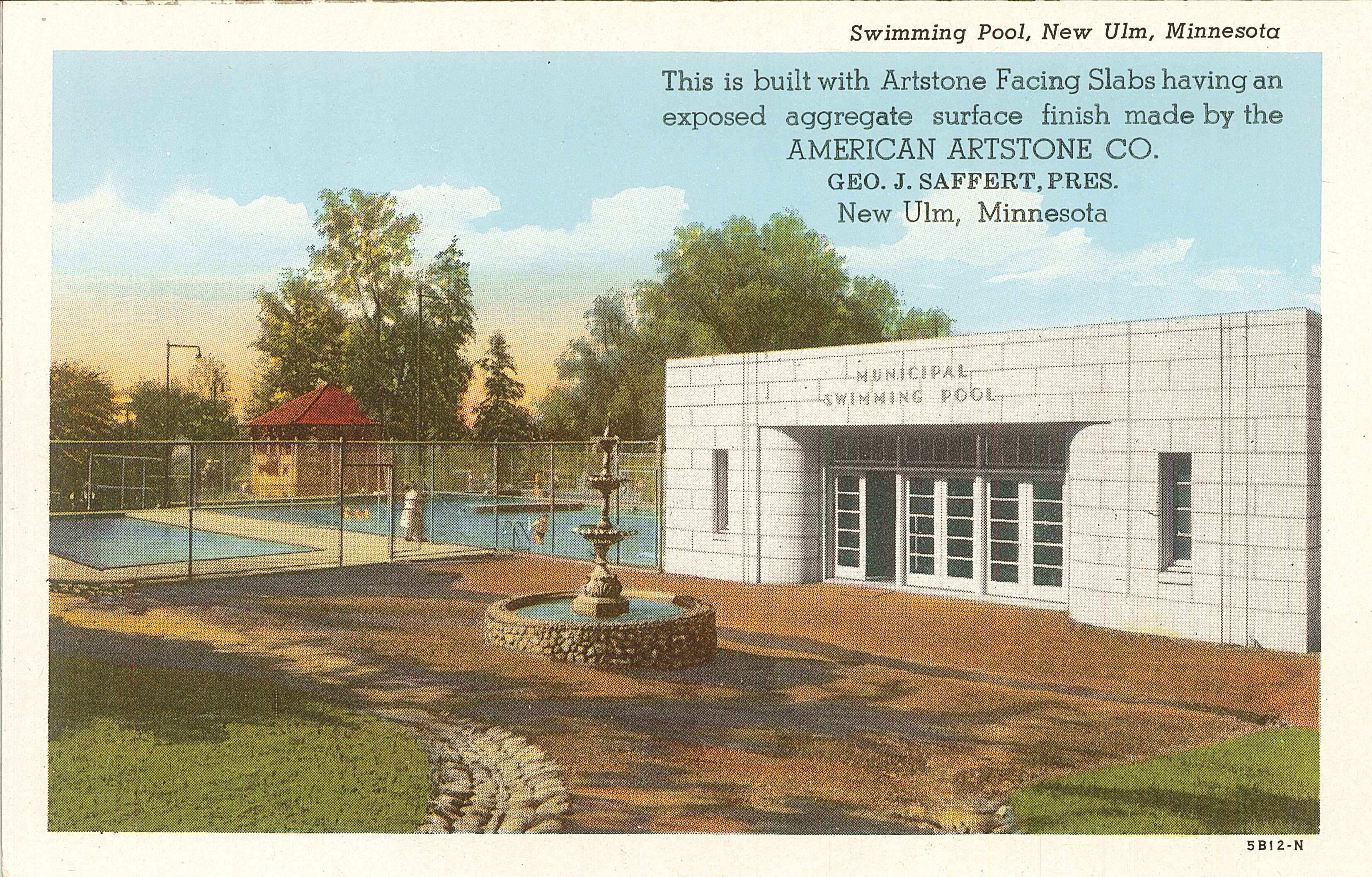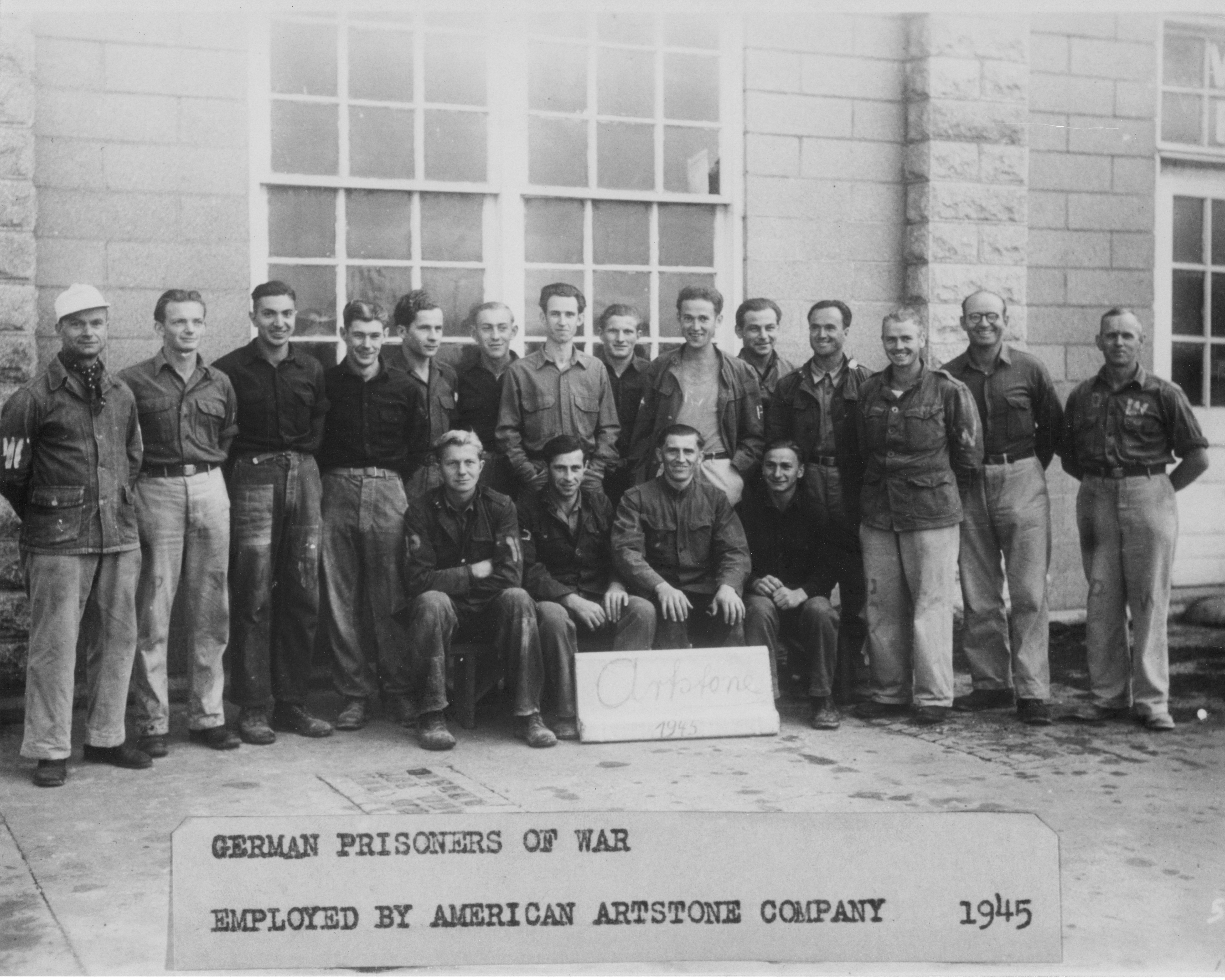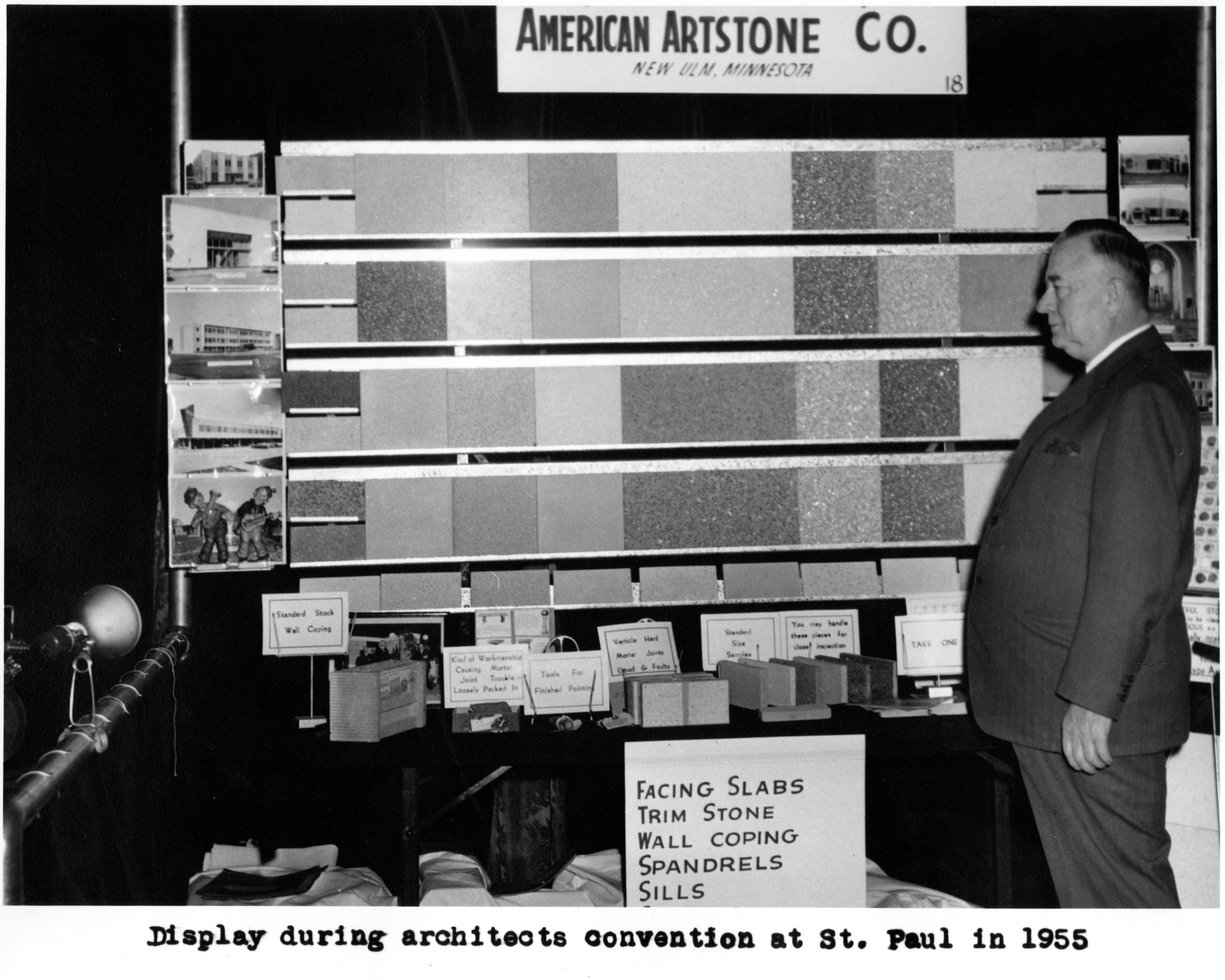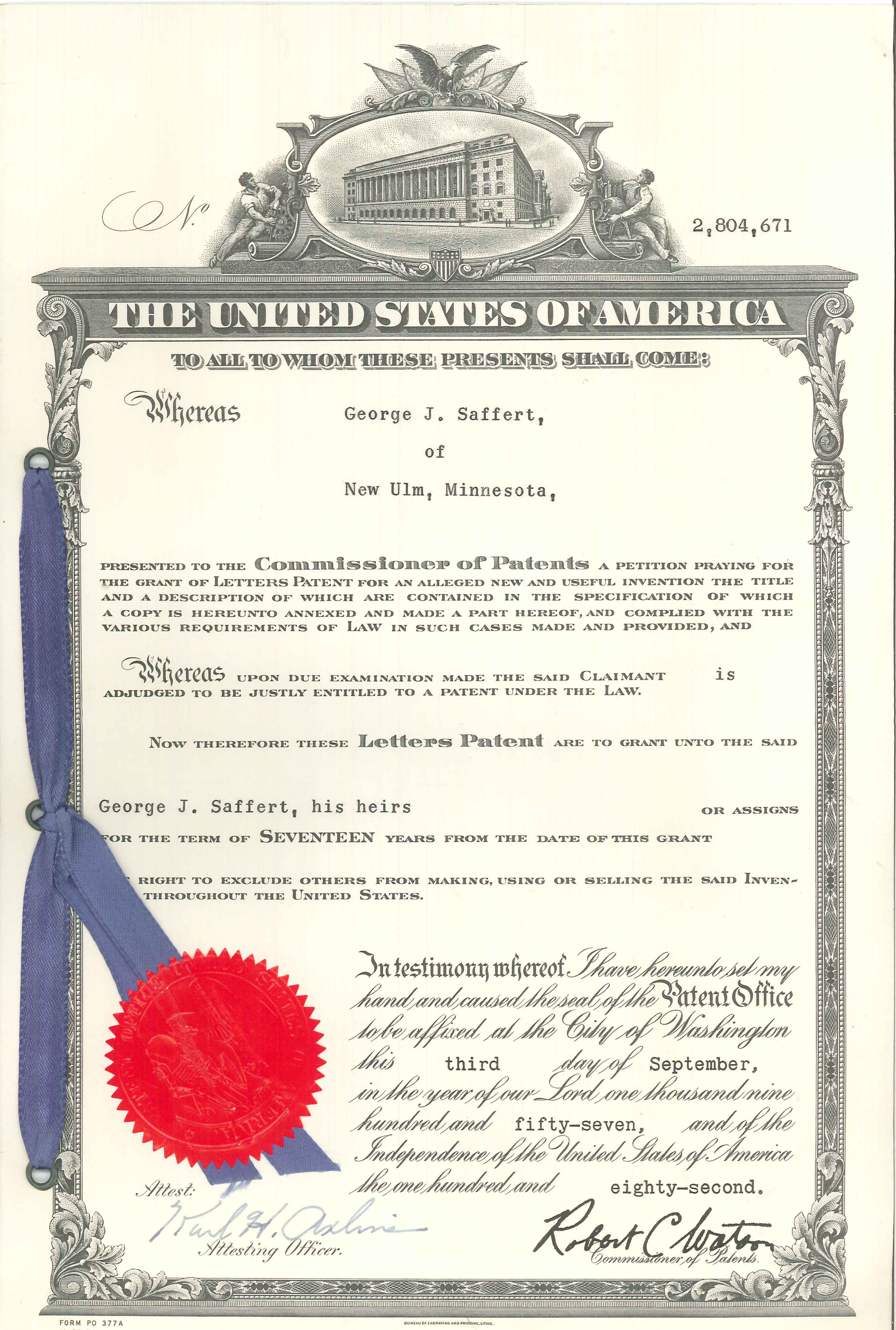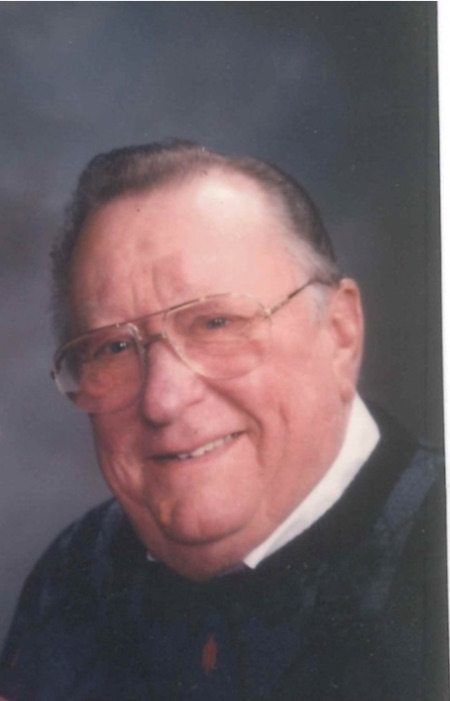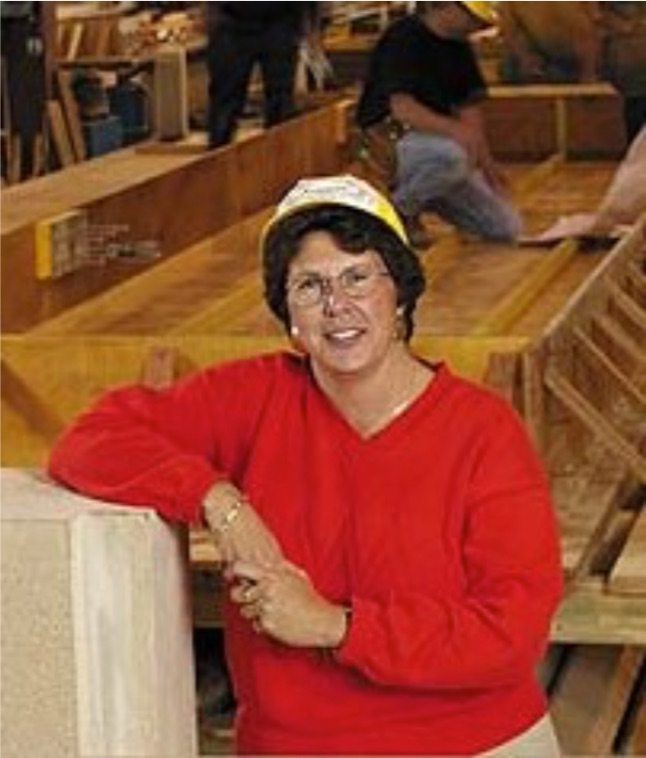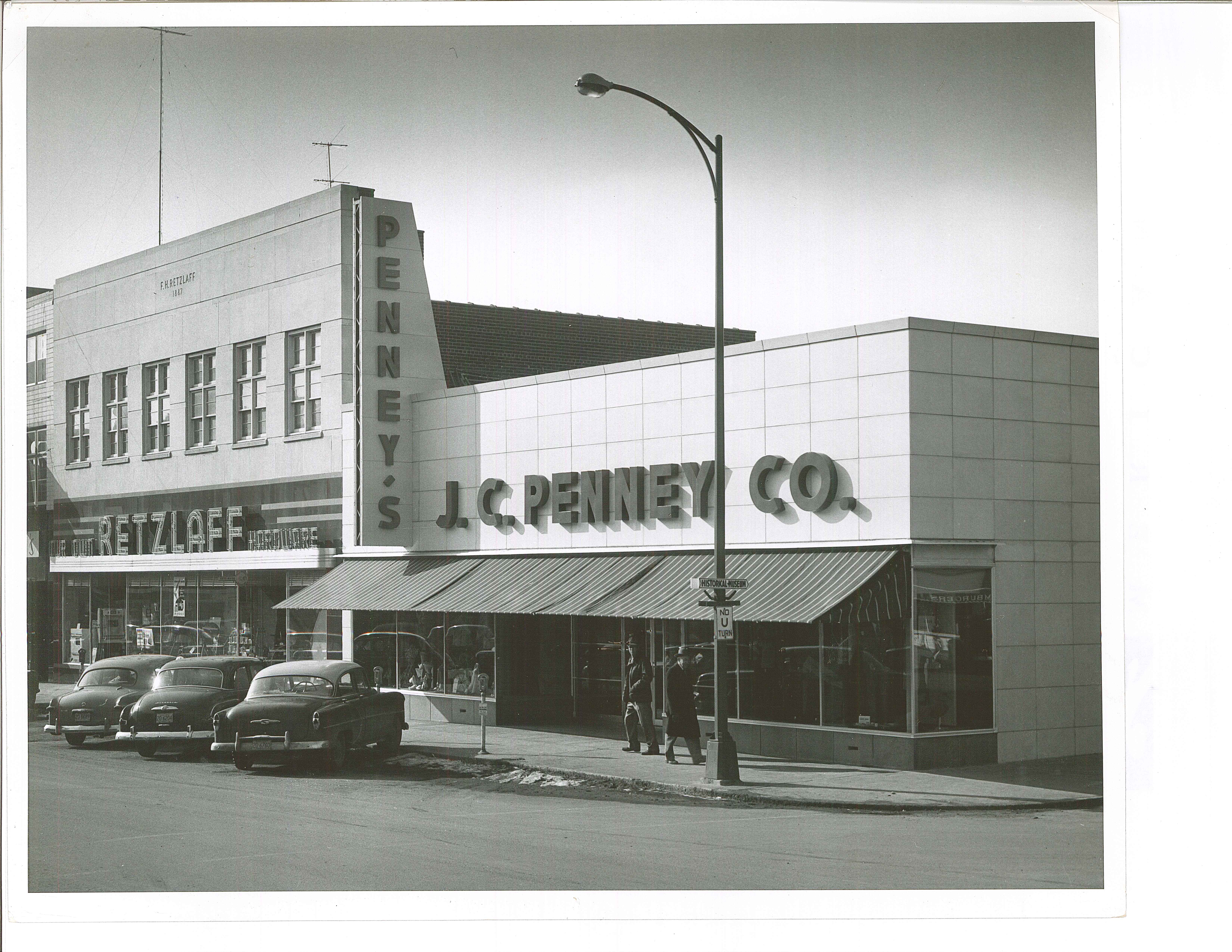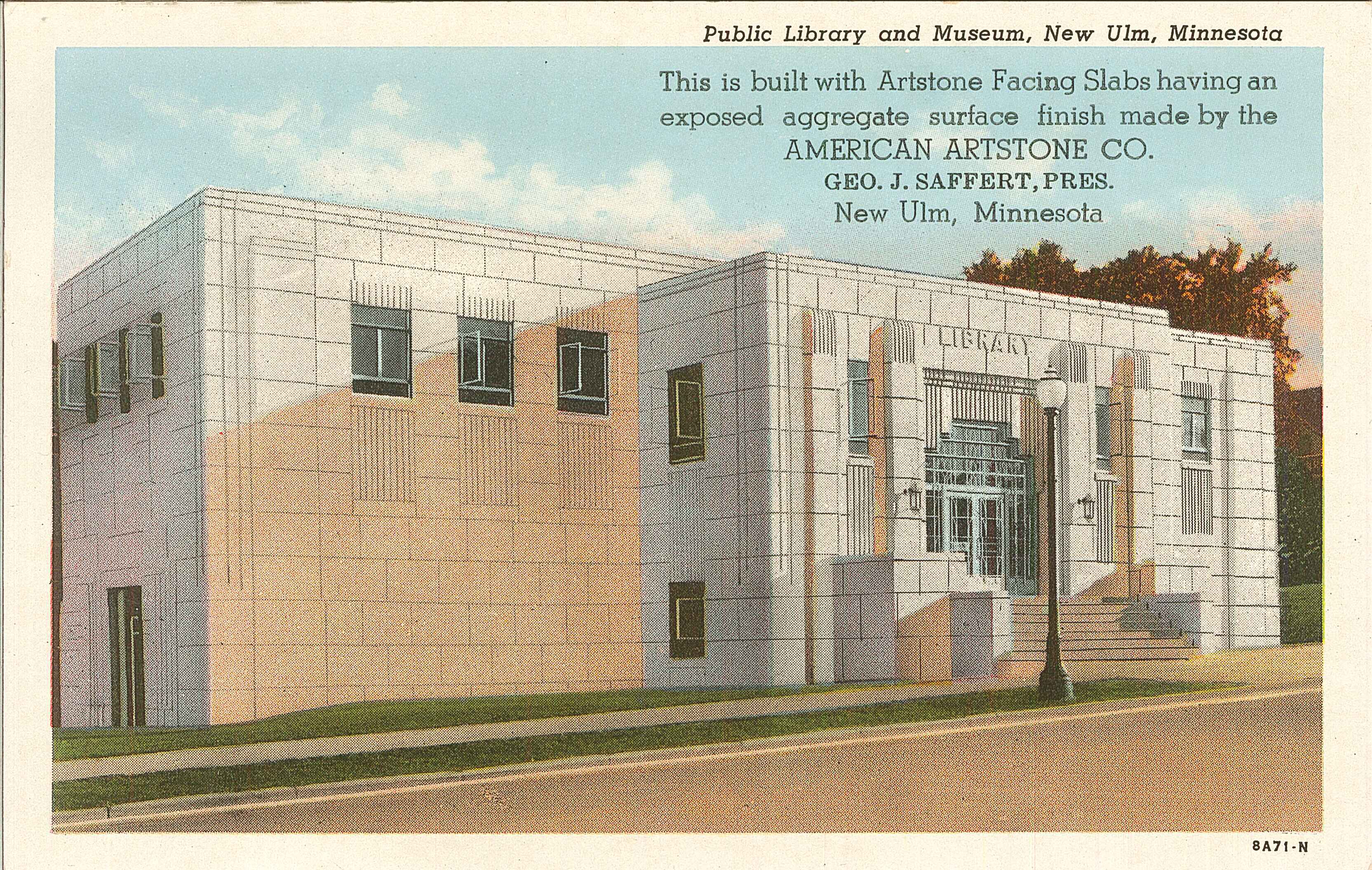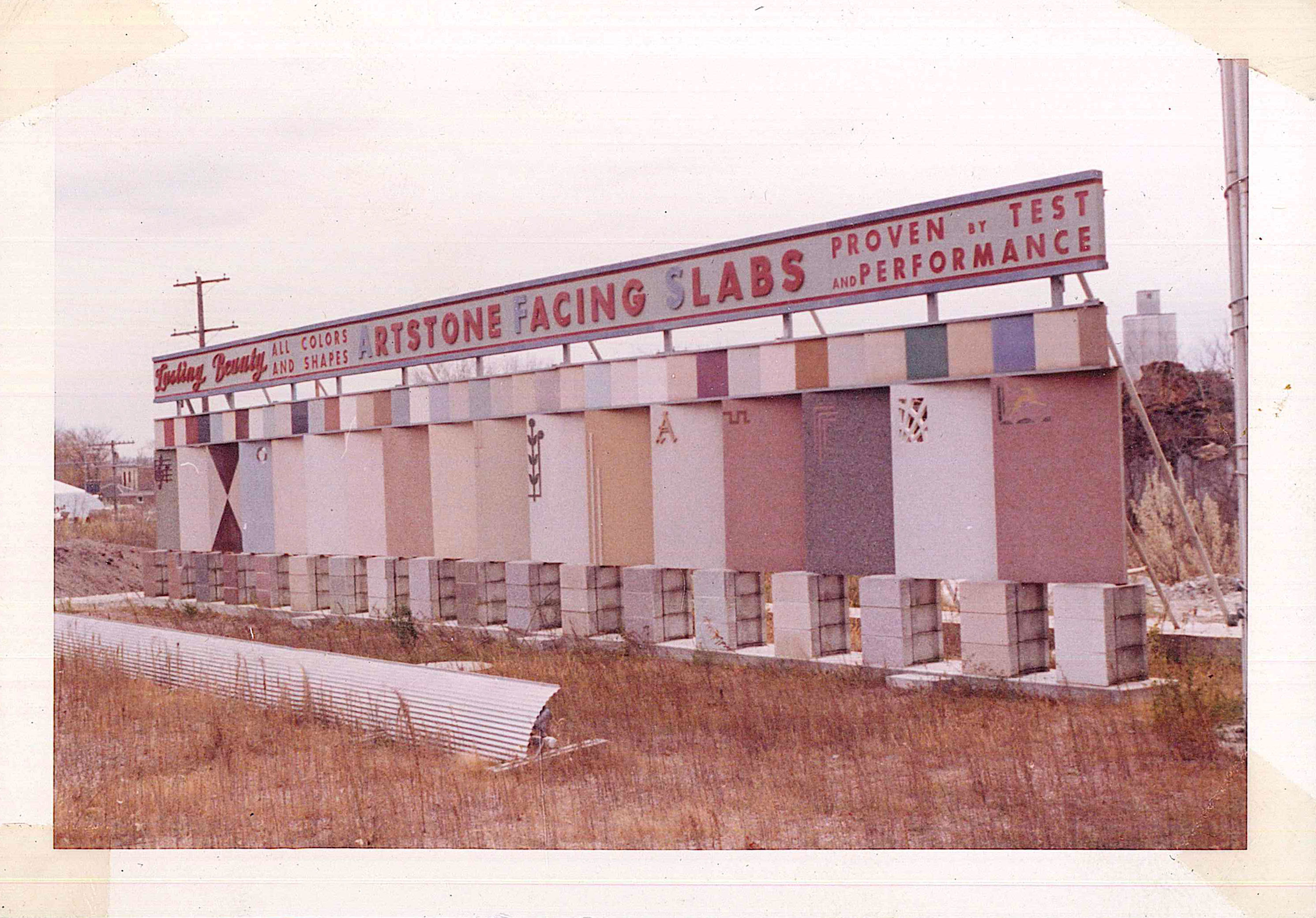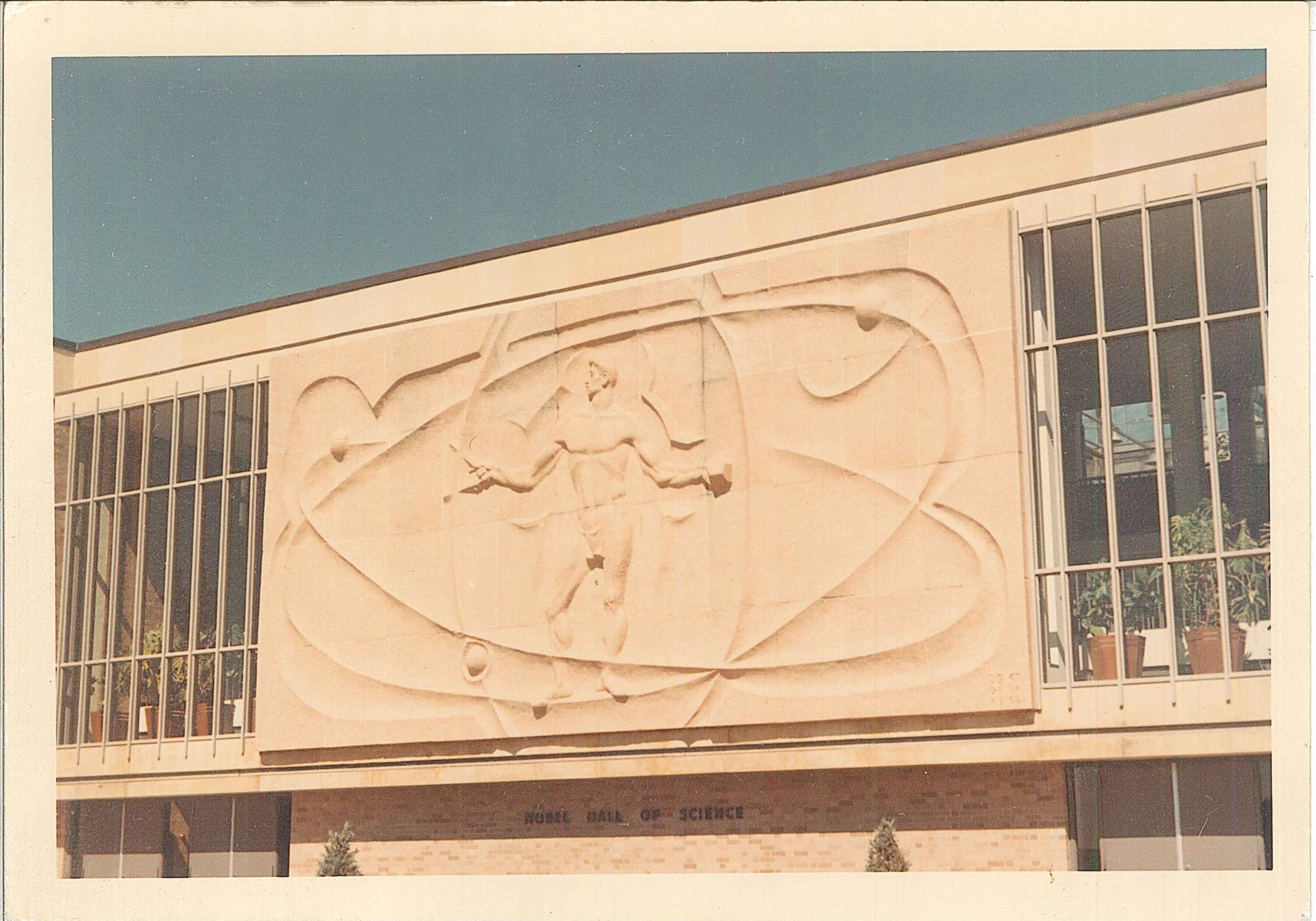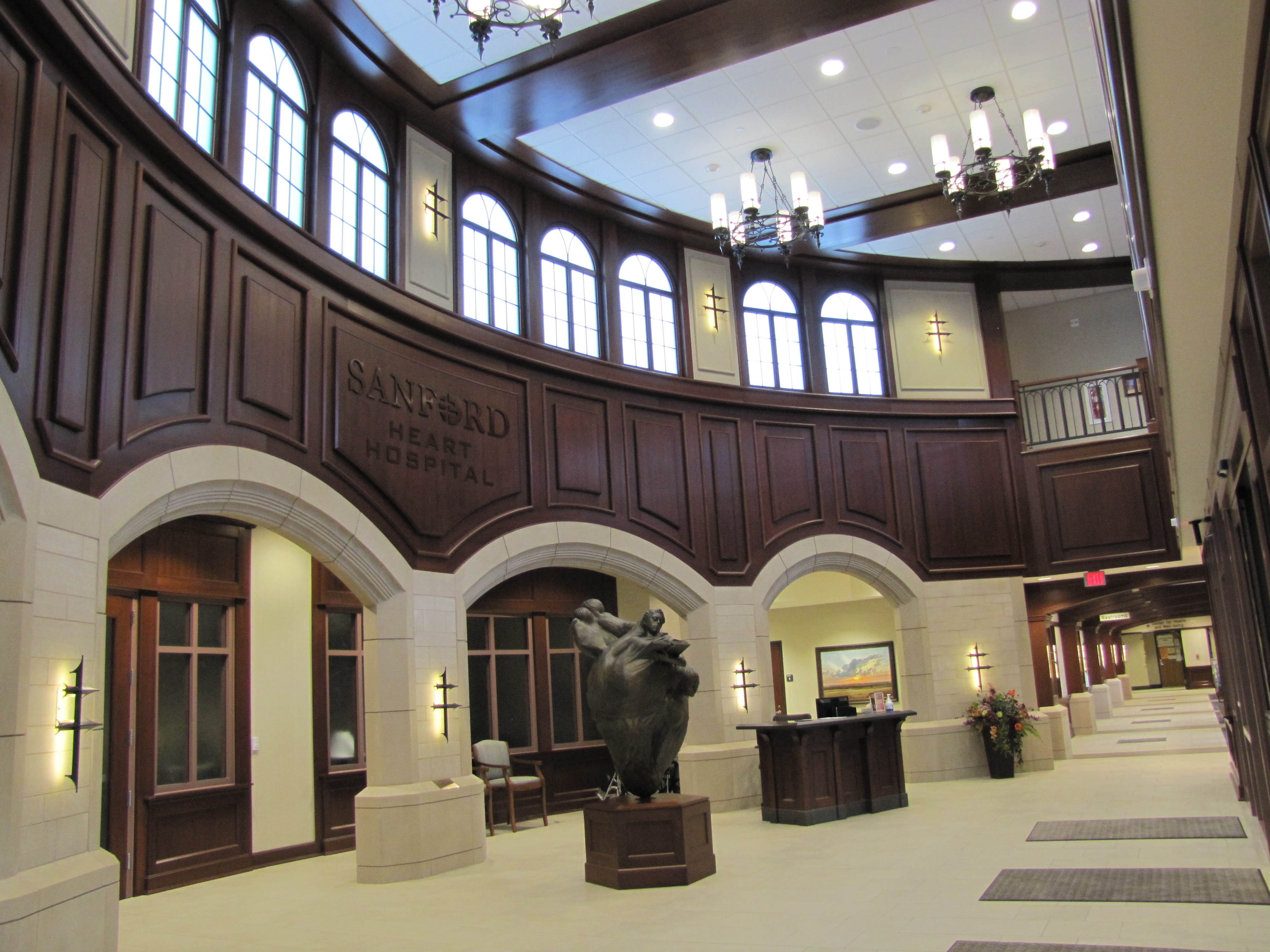American Artstone
Over 100 years of History
It’s our past that shapes how we currently do business. Ethics and skills have been passed down for over 100 years. American Artstone artisans turn your unique architectural visions into a reality that exceeds expectations.
American Artstone is an innovative manufacturer of Cast Stone and Architectural Precast building products. Through skilled and creative workmanship, our artisans turn unique architectural visions into reality. American Artstone’s pride results in remarkable architectural solutions for our clients. Our approach to projects is to work with the architect/designer to achieve the look that will give their
project a uniqueness of its own. In the past we have been challenged with many different shapes, conditions and colors. We pride ourselves on meeting those demands. Since 1914, the company has evolved through Prohibition, the Great Depression, the Great Recession, two world wars, the Civil Rights Movement, and the end of the Cold War.
American Artstone is known nationally as a leading producer of Cast Stone and Architectural Precast products. Our reputation for high quality, customer service and unmatched industry knowledge and experience qualifies Artstone to carry the tag line “Setting the Standard Since 1914”.
Handmade stone is an ancient talent in the construction of buildings that are intended for the ages. While American Artstone produces both architectural pre-cast concrete and cast stone, it is mostly known for its cast stone. According to the Cast Stone Institute (CSI), the earliest known use of Cast Stone dates to about the year 1138. The CSI indicates Cast Stone was first used extensively in London in the year 1900 and gained widespread acceptance in America in the 1920’s. Cast stone closely simulates natural cuts stone.
American Artstone had its beginnings in 1904 when George J. Saffert, an immigrant from Germany, started out working with his father in the masonry business. In 1910 he moved to Fairfax, Minnesota to work as a building contractor. At the same time he bought a hand tamping concrete block machine from W.E. Dunn Manufacturing for $68.00, and started making concrete products out of his garage.
About this time, William H. Gugisberg, a prominent businessman from Fairfax, MN, was displaced from his home when it burnt to the ground. George offered to build Mr. Gugisberg a house that would be fire-proof. When Gugisberg saw the finished product he was amazed. In 1914, a partnership was formed, named the Fairfax Cement Works. Saffert had the knowledge and experience and Gugisberg had the financial backing.
The company’s first major project was providing cast stone for St. John’s Lutheran Church in Fairfax, when it was approached by contractor J.M. Hindermann and his St. Paul, MN architect, A.F. Gauger who were seeking white cast stone for the foundation and trim for St. John’s Lutheran Church. The church was completed in 1915 and is still standing today. Other than some dirt accumulated over the years, the cast stone shows very little wear since the day it was installed.
In 1916, the company was incorporated, changing the name to “Saffert-Gugisberg Cement Construction Company” and moved the company to its “state of the art modern” facility located at 224 3rd St. in New Ulm. Their business started out making silos, drain tiles and concrete blocks. In 1919, needing additional capital to expand, the company amended its articles of incorporation to provide additional stock, attracting initial investors Ole Johnson, Alfred Vogel, William Dempsey, JH Vogel, FV Krook and George’s brothers Henry and Joseph. Most of the shareholders today can trace their roots back to the original investors.
Mr. Gugisberg left the company shortly after the change, and George shortened the name to the “Saffert Cement Construction Company.”
As the years went on, George started creating more decorative window and door frames and sills which came to be known as “artstone.” In 1924 The New Ulm Journal reported that “(American Artstone) has shown great progress and has an annual payroll of $40,000.”
Its yard was filled with great quantities of drain tile, road culverts, ribbed silo staves and concrete blocks. There are machined products and others made by hand such as trim, including sills, lintels, post and ornamental work of all kinds. The New Ulm plant is one of genuine value to the City, showing what a success can be made of a business that gives its best to its patrons and thus helps to build up the city and a fine name for New Ulm products.” The plant which was lo- cated on the Minneapolis & St. Louis railroad, boasted modern innovations such as steam heated floors in specially built tunnels for curing and a system for automatically measuring the sand and aggregate assuring an even mixing.
CONSTRUCTION BUSINESS AND THE “RAINBOW BRICK”
One of the main business ventures of the company was the construction of homes using materials produced by the company. Most of these homes were either craftsman or four square style of architecture, and featured cast stone brick, sills, lintels, coping and columns. Most of these homes are still standing and can be seen in New Ulm and surrounding communities and the country side.
After applying for a patent on October 27, 1923 for his “Molding Method and Apparatus for Rainbow Brick” George was awarded U.S. Patent #1,501,625 on July 15, 1924. Throughout the 1920’s and 1930’s, the Saffert Cement Construction Company made homes and businesses constructed with “rainbow” brick. The “rainbow” brick color scheme was red, green and yellow concrete blocks. You can see several examples of this in New Ulm. The most recognizable business in New Ulm featuring rainbow brick is the New Ulm Oil Company Service Station at Broadway and 5th Street North in New Ulm, MN, commonly referred to as the “windmill” gas station. In 1979, the building was added to the National Register of Historic Places (NRHP).
Other New Ulm buildings constructed by the Saffert Cement Company that have since been added to the NHRP are:
- Henry Dietz House at 611 5th South St.
- August Epke House at 313 N. Jefferson St.
- Herman Krahmen House at 104 S. Jefferson
- Edward Kiecker House at 1026 N. German St.
- Arthur Mueller House at 824 N. Minnesota
- New Ulm Public Library (Older section)
- Retzlaff Service Station (Brown County Historical Society museum Annex)
SILOS
In addition to the construction business and the production of drain tile, road culverts and burial vaults, one of the main specialties of the company was the manufacture of the “ribbed” staves which were used in the construction of farm silos trademarked as the “Ribstone Silo.” As a demonstration of the appearance and durability, Mr. Saffert built a silo connected with the plant which also served as an attractive landmark in that area of town. A sign adorned the silo stating “Only Satisfied Customers are Permitted to Drive Out Of This Yard.” At the height of its popularity, the plant had the capacity (and demand) to turn out one silo per day!
BARNS
The talent of stone crafting was deeply rooted in the German area where George was raised. Virtually everything was made from natural stone or cast stone. Staying true to these roots the company produced several cast stone barns with distinct architectural features. The William Lemke’s Lonely Oak Farm round barn located in Benton Township was designed by Saffert Cement Construction Company and built in 1927 using Artstone block and tile products. Materials were shipped by train and transported to the building site by horse drawn wagons. The round portion of the barn featured 36-stalls for milking and a 12’ diameter central silo for feeding.
NAME CHANGE
With the introduction of the decorative cast stone products which became known as “Artstone”, in order to reflect this new focus Mr. Saffert changed the name of the company in 1932 to American Artstone Company. The company ceased its residential and commercial construction business and began focusing on architectural precast and cast stone products. The company continued to construct silos, drain tiles, and concrete blocks until the 1970’s, when the agricultural business slowed down.
In 1949 The New Ulm Daily Journal reported that “There are more than 500 types and styles of Artstone now available. Practically the only limit as to size is handling in shipment and erection; scientific proportioning and reinforcing provide a high strength in sections as thin as 2 inches. American Artstone has supplied architectural stone for buildings in Colorado, Wyoming, Montana, Nebraska and North and South Dakota. The company employs 45 people and runs 18 hours per day”
WORLD WAR II AND THE POWs
During World War II American Artstone was not immune from the worker shortage brought on by the draft. New Ulm happened to be home to a German POW detention center located along the Cottonwood River. American Artstone eventually employed approximately 25 German POWs. Fond memories remained of the war time re-infusion of its German ancestry into the primarily German heritage town.
GEORGE SAFFERT’S RETIREMENT
In 1965, at the age 78, George Saffert voluntarily retired as President of American Artstone Company and was replaced by A.M. “Art” Altman. George was elected Chairman of the Board and remained active with the company until his death in 1975.
Without question George was the driving force behind the company. While many knew of his commitment to quality and customer service, very few know of his innovative knack. Company records show that George applied for the following patents:
1924 – “Molding Method and Apparatus” for Rainbow Brick
1934 – “Concrete Block Machine”
1942 – “Method of Molding Concrete Products”
1948 – “Design for a Hog Oiler”
1953 – “Apparatus for Producing Ventilated Staves or Blocks”
1957 – “Method and Apparatus for Facing Concrete Blocks”
1958 – “Method and Apparatus for Finishing Facing Slabs for Building” (Not approved)
1958 – “Precast Nailed Facing Slabs for Buildings” (Not approved)
FLOYD SAFFERT
Art Altman retired as President of Artstone in 1973 and was replace by Floyd Saffert. After his graduation from high school, Floyd served in the Navy from 1944 to 1946. After his discharge he attended Minnesota School of Business and went to work for American Artstone in 1948 as a draftsman. He was appointed president in 1973 and served as president until he retired in 1990. He continued to serve on the American Artstone Board of directors until his death in 1995. Floyd was known as a tremendous leader who was held in high regard by the Artstone employees and customers. Over the years he developed a tremendous loyalty from several construction firms. He was tirelessly dedicated to the success of American Artstone.
NANCY FOGELBERG
Nancy Fogelberg was appointed as president in 1993 when American Artstone was at its crossroads. While the company boasted a tremendous reputation as producing the highest quality cast stone, the “modern” plant had become obsolete after 80 years. Unfortunately, the company was not able to secure traditional financing or attract the necessary capital investment to build a new facility. Through the efforts of Nancy, the leadership of the Board of Directors, the assistance of the city of New Ulm, and the backing of the shareholders, the company was able to secure an SBA loan to build a new state of the art facility located at 2025 N Broadway in New Ulm. The plant was completed in 1998 where the company is currently located. The new plant immediately paid dividends in dramatically increased sales and production. In 2000 Nancy was honored as Minnesota Small Business Person of the Year by the Small Business of Administration.
PROJECTS
The list of projects undertaken since its inception are too numerous to list in such a small space. Existing company records going back to 1940 show that the company has provided material for over 4,000 projects in 26 states (not including a project in the Grand Cayman islands!) The types of products are also too numerous to mention. The mainstays of architectural precast and cast stone materials have been panels, bands, sills, lintels, landscaping, caps and coping. The company has also produced some exotic materials, such as gargoyles (restoration project), medallions, and in one instance, 16 ton decorative bridge abutments.
The types of finish have changed along with architectural preferences and needs, ranging from “as cast”, exposed aggregate, acid etched, sand blasted honed and polished. Preference for colors has also changed throughout the years. American Artstone has been able to adapt and change to meet the changing tastes.
It is difficult to go anywhere in New Ulm without seeing examples of American Artstone. Since 1940 the company has provided product for 230 projects in New Ulm! Virtually every church, government building, school building, major streetscape, and major industrial building is adorned with American Artstone product. In 1998 the Chamber of Commerce honored American Artstone by naming it New Ulm’s Industry of the Year.
American Artstone has won eleven coveted Cast Stone Institute Excellence Awards in the past eight years including two prestigious Architects Choice Awards and two prestigious Manufacturing excellence awards.
In addition the company has won many awards for the Minnesota Concrete and Masonry Contractors Association and Historic Preservation Commission.

